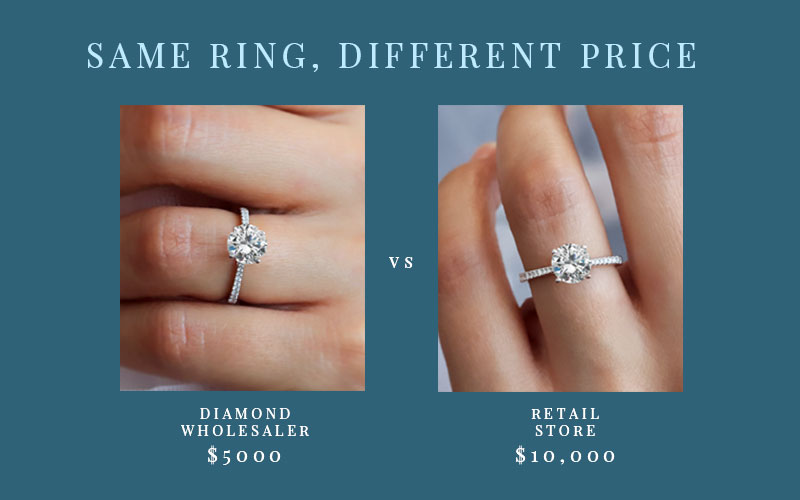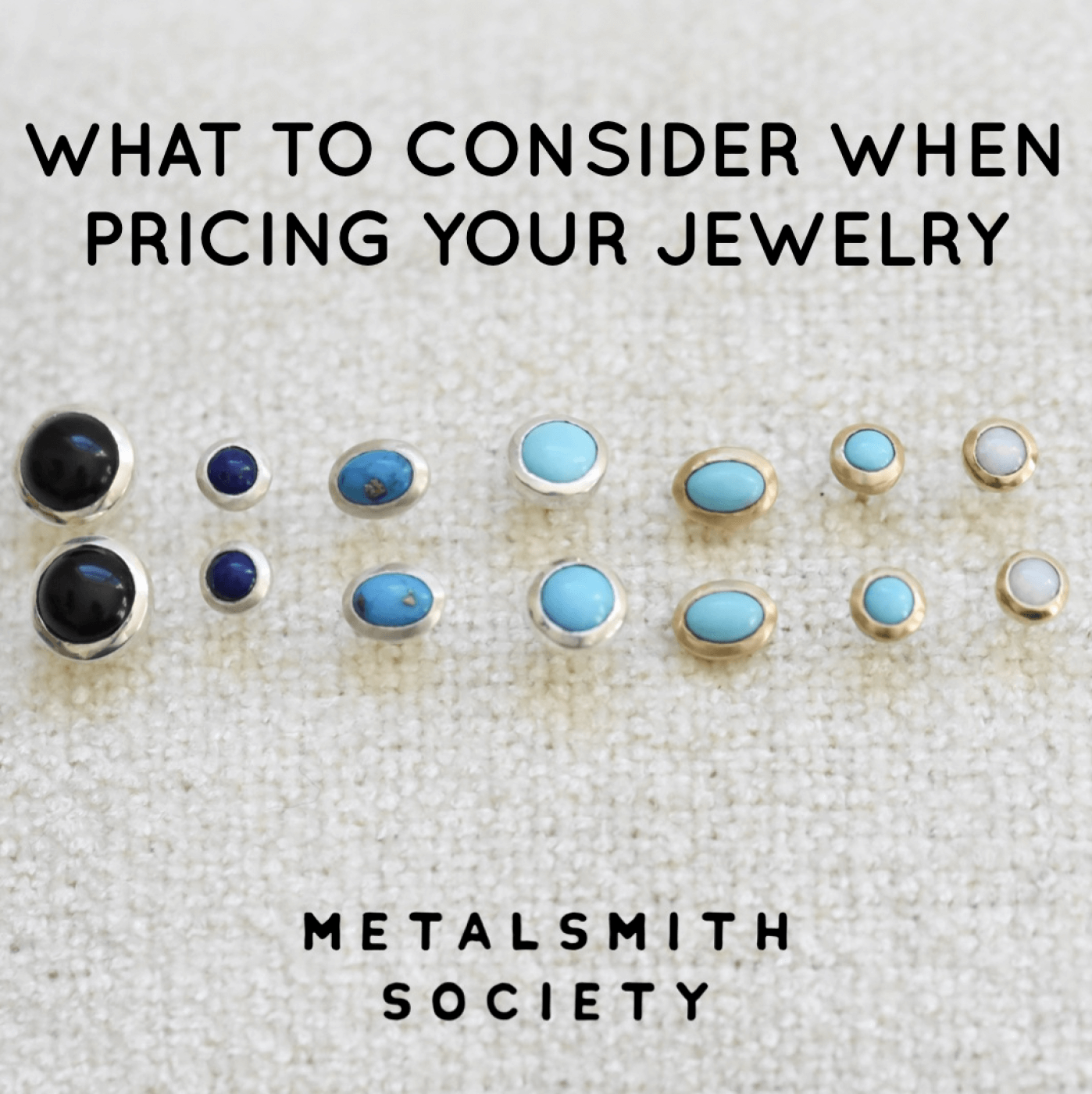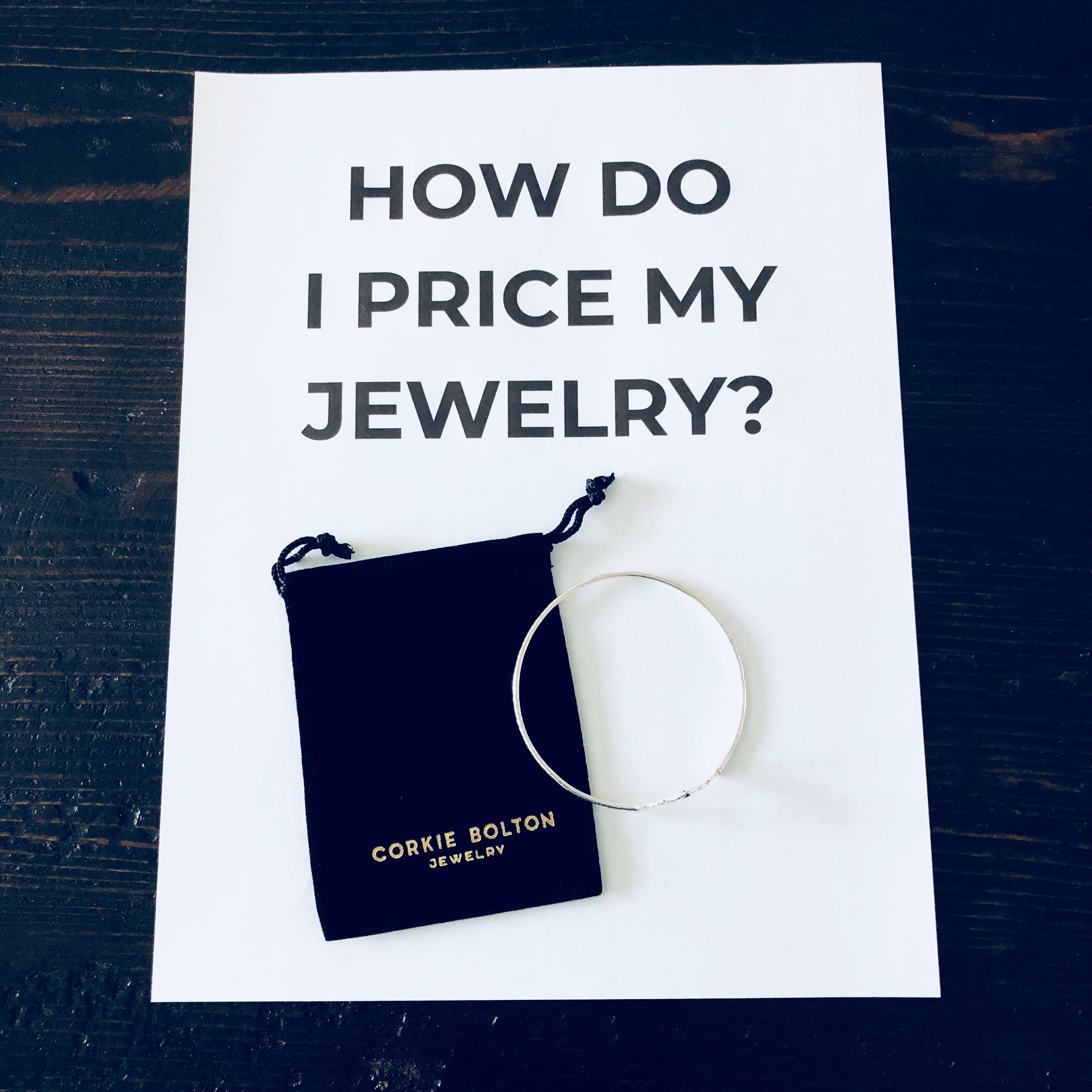Alright, let me tell you about my little jewelry markup adventure. It all started with my wife wanting a new necklace, and me, being the cheapskate I am, thinking “I can probably figure out how much these things really cost.”

First things first, I hit the internet. I started Googling things like “jewelry cost breakdown” and “how to price jewelry.” Let me tell you, it’s a rabbit hole. Everyone’s got a different opinion. Some sites said you should double the material cost, others said triple, and some were talking about keystone pricing (which is basically doubling the price).
I decided to get practical. I remembered my wife liked this simple silver necklace with a small gemstone from a local boutique. So, I started reverse engineering. I went back to the store (pretending I was shopping for my mom, haha) and really looked at the necklace. I noted the type of silver, the approximate size of the gemstone, and the overall craftsmanship.
Then came the digging. I started searching online for the raw materials. I found similar silver chains for sale by the foot on some jewelry supply websites. The gemstone was trickier, but I found some wholesalers who sold similar stones in bulk. I even checked out eBay for potential deals. I basically became a temporary silver and gemstone expert (sort of).
After a few hours of searching and comparing, I had a rough estimate of the cost of the materials. Let’s say, for example, the silver chain cost me $5, the gemstone cost $3, and the clasp and jump rings added another $2. That’s a total material cost of $10.
Okay, so $10 in materials. The necklace was selling for $60 at the boutique. That’s a markup of $50! But wait, there’s more to the story.

I had to consider other factors. The boutique owner has to pay rent, utilities, employee salaries, and marketing costs. Plus, they have to make a profit to stay in business. So, that $50 markup isn’t pure profit.
I started researching typical overhead costs for small retail businesses. From what I could gather, overhead can eat up a significant portion of revenue, sometimes as much as 30-50%. Let’s assume the boutique’s overhead is around 40% of their sales. That means $24 of the $60 selling price goes to overhead.
Now we’re talking. So, we have $10 for materials, $24 for overhead, leaving $26 as potential profit for the boutique. That’s still a hefty profit margin, but it’s more understandable when you consider all the factors involved.
Here’s what I learned: Jewelry markup is a complex thing. It’s not just about doubling or tripling the cost of materials. It involves considering overhead, desired profit margins, and the perceived value of the piece (brand reputation, craftsmanship, etc.).
Was it worth it? Eh, kind of. I didn’t end up making the necklace myself (too much work!), but I did get a better understanding of how jewelry is priced. I ended up buying my wife a similar necklace online from a different vendor, for about $40. So, I saved a little money and learned something new. Not a bad outcome!

Key Takeaways:
- Do your research: Understand the cost of raw materials.
- Consider overhead: Remember that businesses have significant expenses beyond just the cost of goods.
- Shop around: Don’t be afraid to compare prices from different vendors.
- Negotiate (maybe): If you’re buying a high-value piece, you might be able to negotiate a lower price.
Anyway, that’s my jewelry markup story. Hope you found it interesting! Maybe next time I’ll try figuring out the markup on cars… or maybe not!


